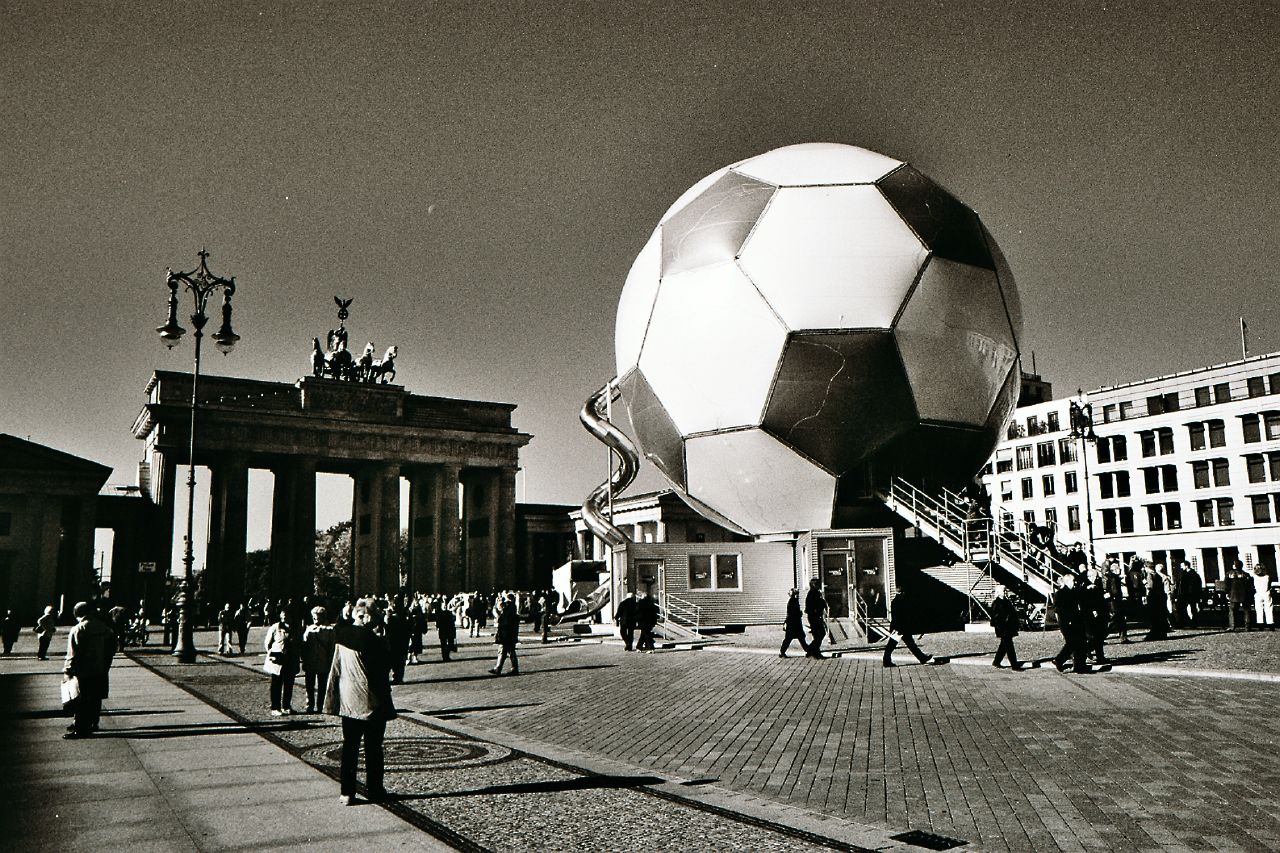While J
was away at a conference a few weeks ago, I decided to check out one of the museums along the Ruhr Industrial Heritage Trail (Route der Industriekultur). The trail includes a drop forge, paper mill, textile mills, zinc factory, coal mines, and other types of factories in the region. The Tuchfabrik Müller (Müller's Woolen Mill) is an early 20th century mill, which processed the raw wool and made beautiful fabric for uniforms. It originally was a paper mill, but the Müller family bought it in 1894 and produced fabric up until the 1960s. In the 1980s, it was bought by the government and restored, and now it's a really wonderful museum.
The mill is only an hour train ride from our apartment, so it was a perfect day trip. Group tours are the only way to see the it, so I planned my arrival to coincide with the 4pm tour. Before it began, I read an English translation of the tour, which was really helpful for technical words such as Krempelei (carding) and Nassappretur (washing and finishing the fabric). The tour was conducted in German, but I caught about 80% of it and really enjoyed it. Aside from the translation, the other reason I understood so much of the tour is that every single room had working machines and demonstrations!
The tour began in the steam-engine (
Dampfmachine) room, with huge coal furnaces and a web of belts connecting the engine to machines throughout the building. It smelled just like my Grandpa Lewis's shop, a mix of old wood, grease, and dust (in other words, wonderful). Later, we saw a model of the entire mill's power transmission system, which showed the intricate connections of the machines' belts to the main steam engine. To turn machines on and off, the belts were slipped onto a wheel connected to the main power, which caused the belts to turn and the machines to run. Such a clever system!
From there, we saw the
willowing room, where the wool is taken out of bales and run through a machine with big rollers of teeth -- rough wool goes in and light fluffy wool comes out of the overhead shoot like snow. The German word for this room is
Wolferei, which I suppose refers to all those teeth in the machine!
We walked past belt-powered washing machines made out of tree trunks and huge dying vats, with the dye recipe written on the door nearby.
The carding room (
Krempelei) was next. Rollers covered in small, metal bristles were attached to a series of rotating wheels. The wool enters at the front and goes through these wheels, coming out as pillowy sheets that you can pull apart with your fingers like a layered buttermilk biscuit.
Once the wool is soft and carded, it's spun into yarn on long lines of spinning machines. From there, the spindles are attached to a clever contraption that in turn makes giant spools. Different colors of yarn are lined up to produce a particular pattern on the spool.
These huge spools are then brought over to the weaving machines (
Webstühle), where the cloth is finally woven. This was one of my favorite demonstrations. Once the machines are loaded with huge spindles of wool, a heavy wood and metal
shuttle loaded with more wool runs across the strands to weave the fabric.
This video explains how it works, though these were mechanized looms without pedals or the 'flicker stick.' The shuttles travel very fast, and there were deep gauges all along the walls where the shuttles had come loose and smashed into the plaster! The
noise was overpowering, and we only had half the machines running.
 |
the loom on the left was making plaid fabric rather than stripes:
the red and white stripes were crossed by green yarn on the shuttle |
I think I particularly enjoyed this museum because it was so beautiful, with the textures and colors of the well-worn wood, metal, leather, and wool in every room, and the smells of the machines bringing back memories of cold afternoons in Pa's shop. I also loved seeing the machines run. It gave me a whole new appreciation for the ingenuity of machines during the Industrial Revolution as well as the sheer volume of fabric that must have come out of the
Manchester mills around the same time!







































